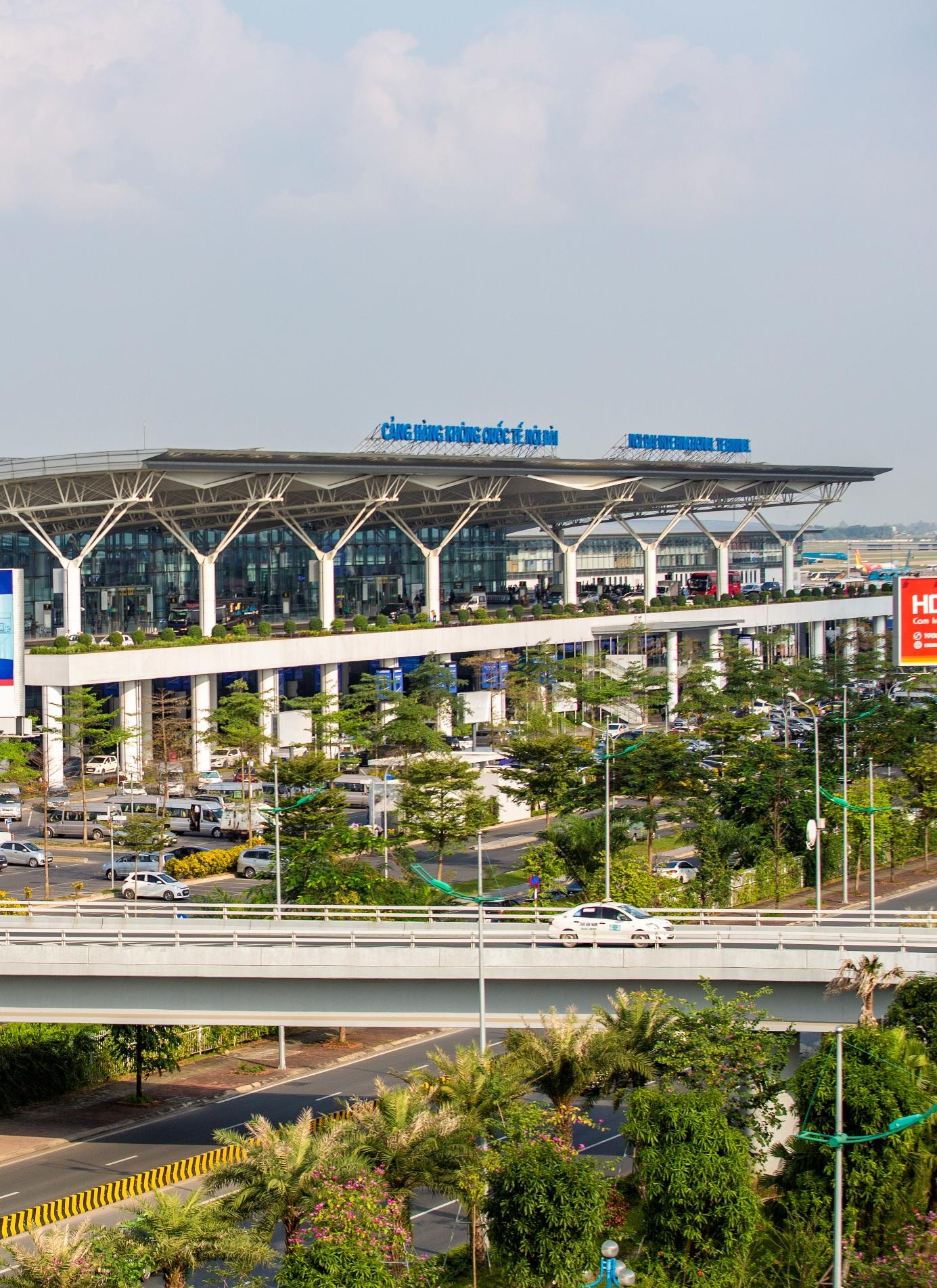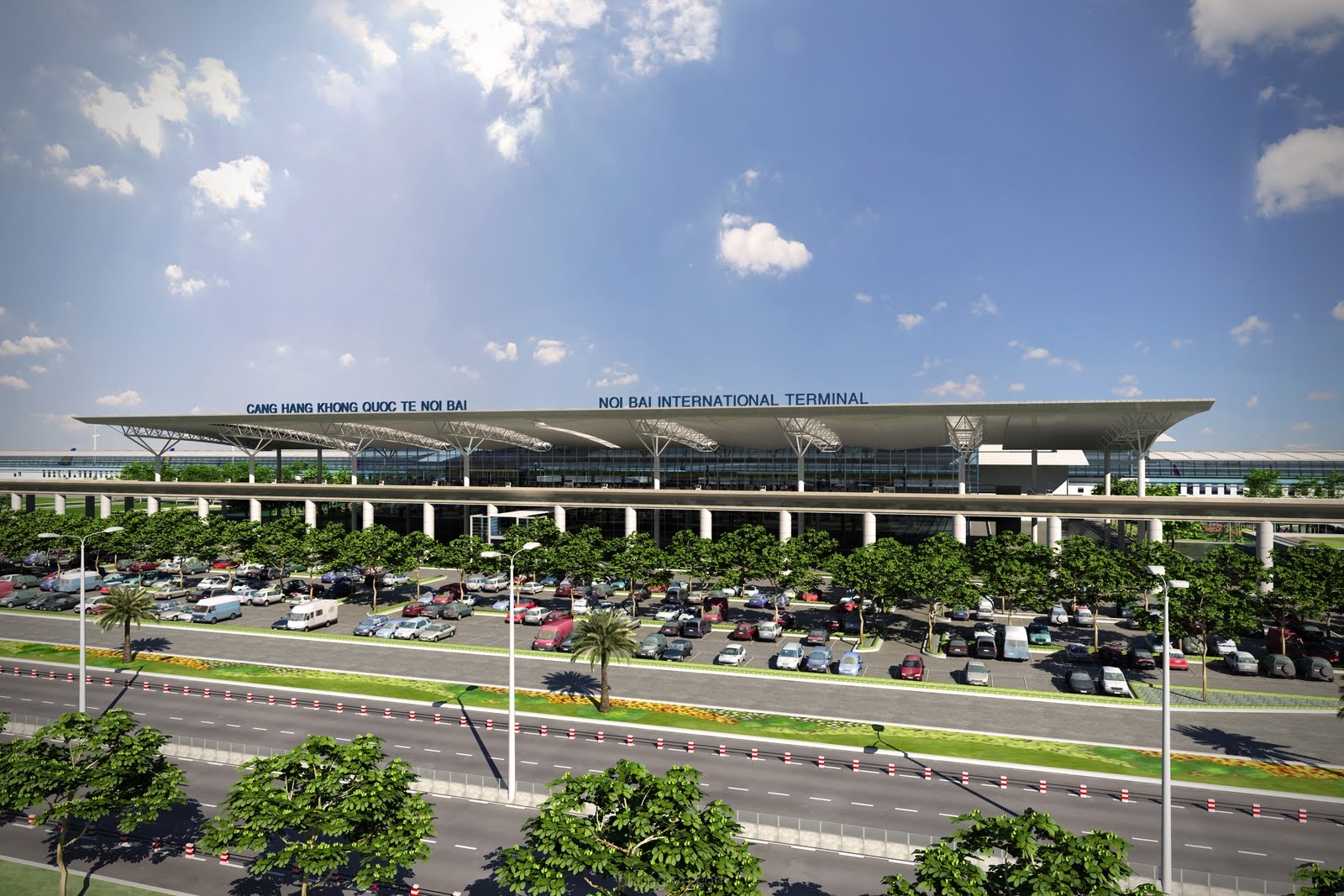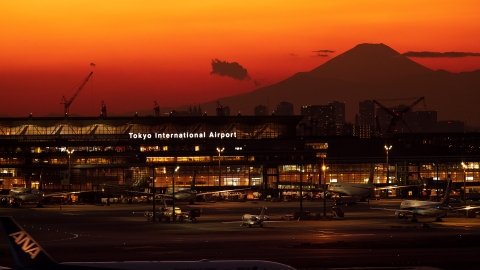Recently, the Civil Aviation Authority of Vietnam sent the Ministry of Transport the latest report on the adjustment of the planning of Noi Bai International Airport, the period up to 2030, with a vision to 2050. Accordingly, ADPi - a French airport architecture and engineering design consulting company under Aéroports de Paris Group has basically completed the final report on the planning of the most important airport in our country with many studies and careful discussions.
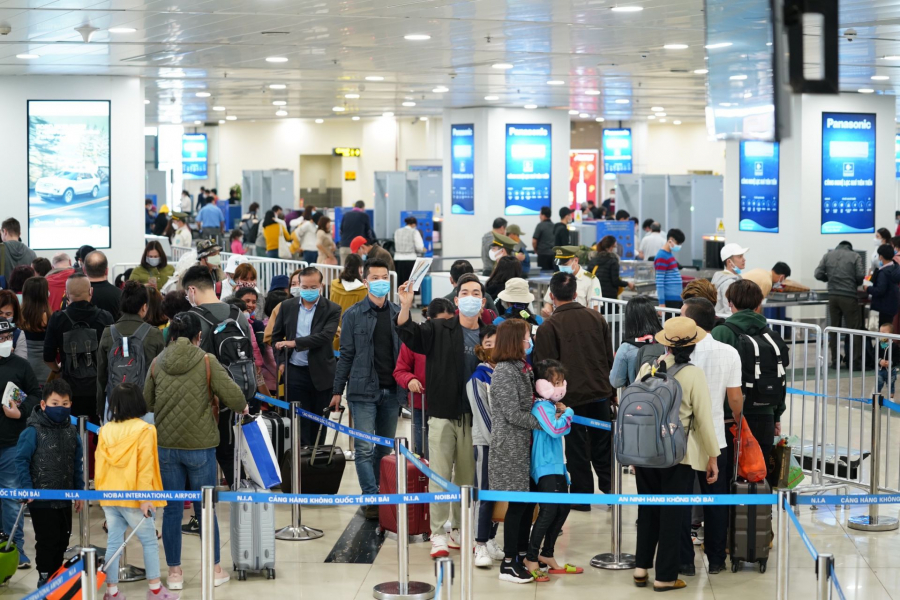
Currently, Noi Bai International Airport is planned to be a civil-military airport, reaching level 4F according to ICAO regulations, and can handle the largest aircraft types such as B777-X, B747-8, B777-300ER and A380. By 2030, Noi Bai Airport can reach a capacity of 63 million passengers/year and 2 million tons of cargo/year. By 2050, this number will increase to 100 million passengers and 5 million tons of cargo.
By 2030, Noi Bai will have 3 runways and 3 passenger terminals. The existing T2 terminal will continue to be expanded to reach a combined capacity of 30-40 million passengers per year between T1 and T2. The newly built T3 terminal in the South will have a capacity of about 30 million passengers per year.
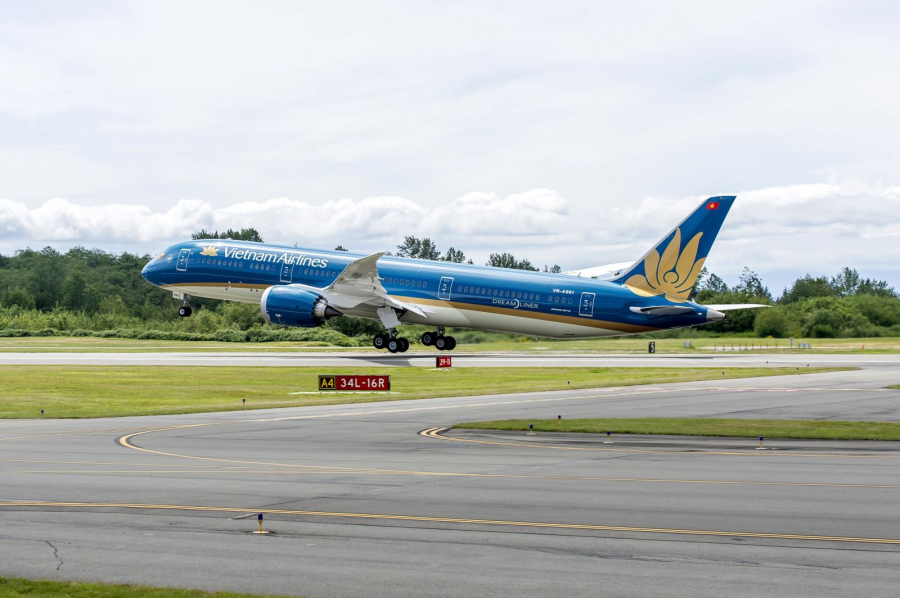
In the period from 2030 to 2050, one of the two largest airports in the country will have 4 runways. The 4th runway will be newly built in the South. During this period, Noi Bai will continue to build a new T4 passenger terminal with a capacity of 25 million passengers/year at the existing T1 terminal and build a new T5 terminal with a capacity of about 25 million passengers/year when needed.
The leader of Noi Bai International Airport said that since 2015, the volume of passengers, cargo and aircraft landing and taking off through Noi Bai has increased very rapidly, averaging over 10% per year, putting great pressure on the port's infrastructure.
Currently, the project to expand Noi Bai T2 passenger terminal has been launched to increase the terminal's capacity by 5 million passengers, but it will only bring Noi Bai's total capacity to 30 million passengers/year.





